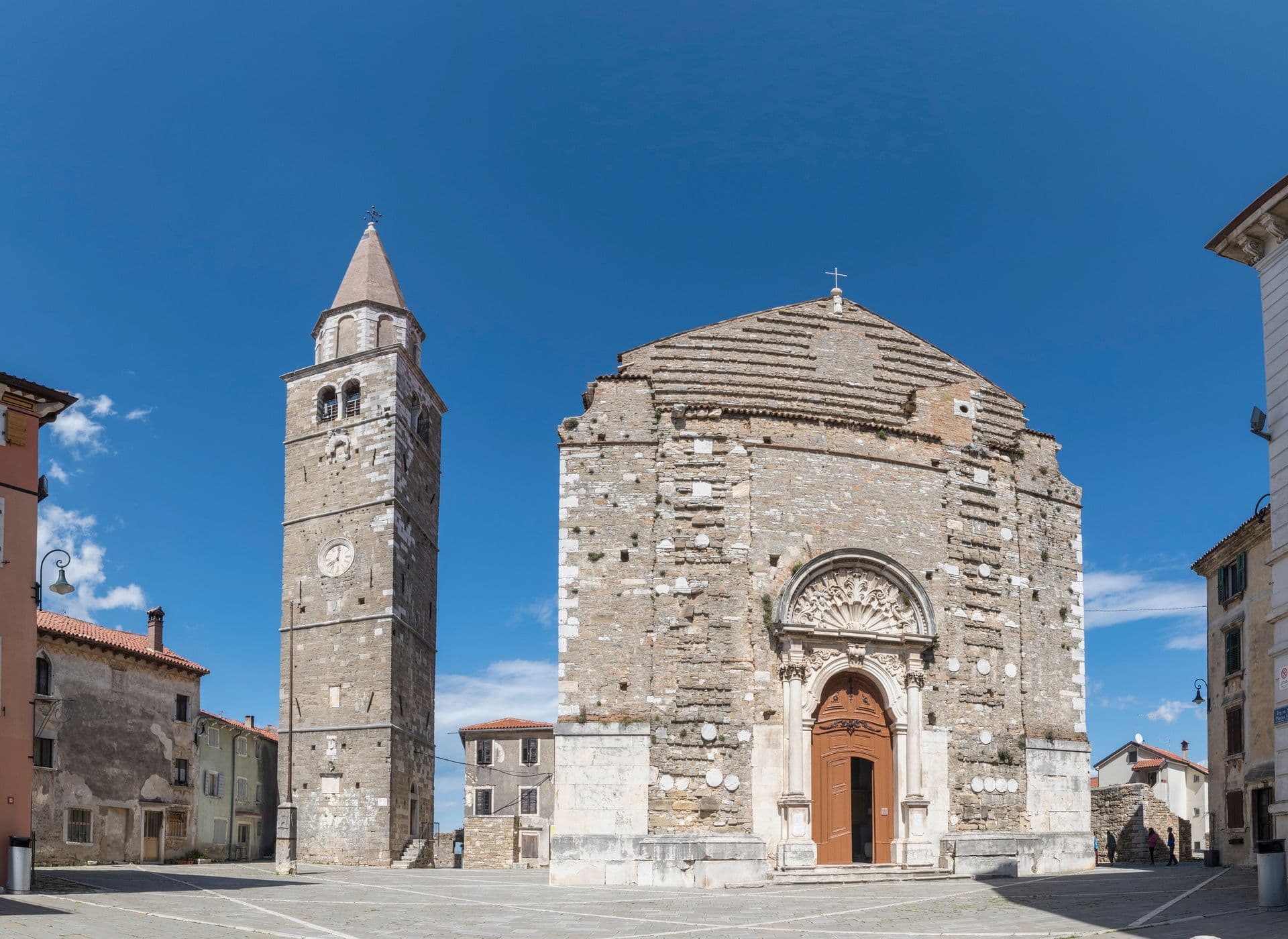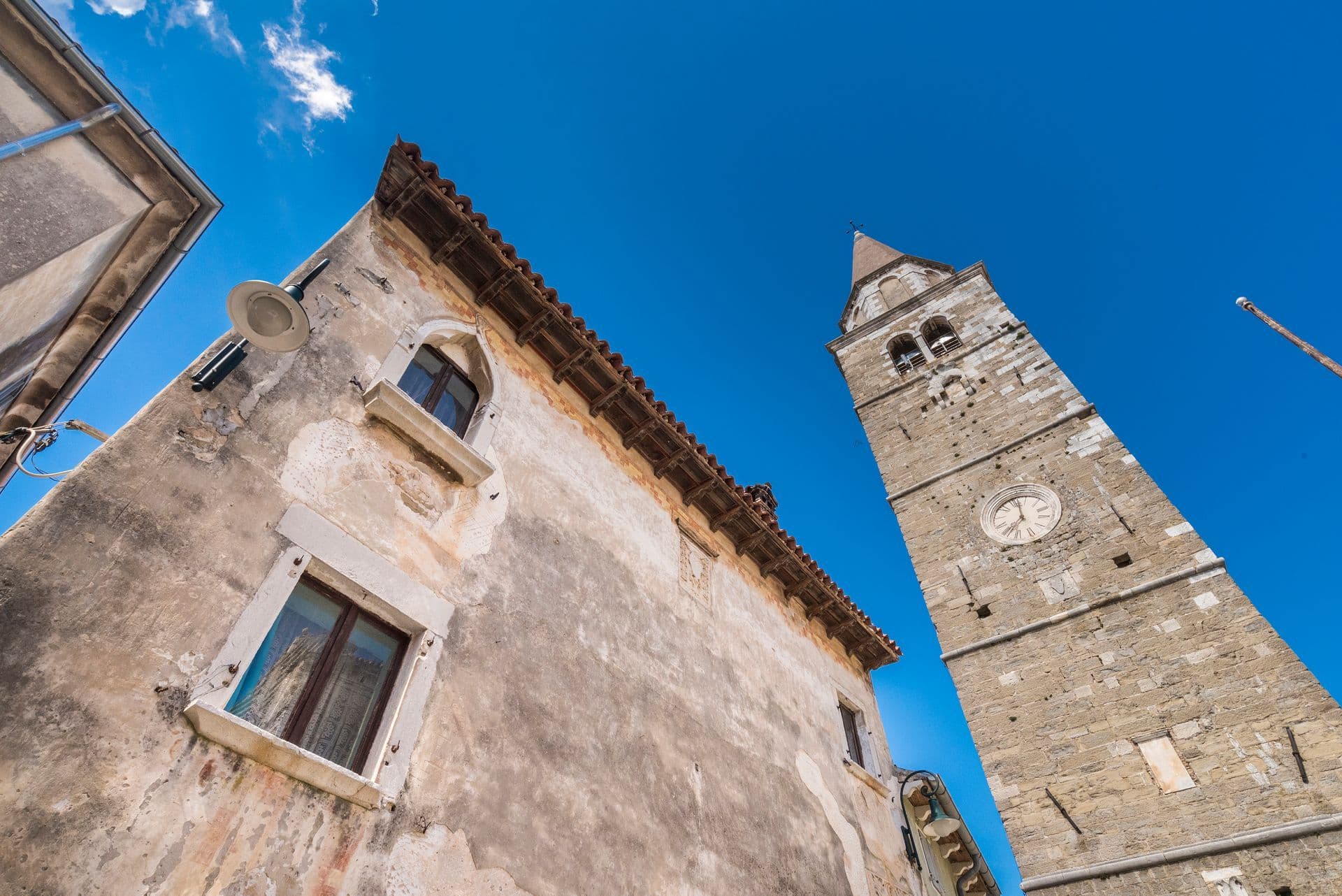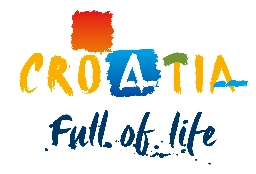





Late Baroque St. Servulus
One thing is for sure – in Buje, you simply must visit the magnificent St. Servulus church, named after the patron of the city and situated only several metres away from the belfry-belvedere, in the very centre of the old town at the hill.
.jpg&w=3840&q=75)
One of the most important late-Baroque monuments in Istria
St Servulus is the main church in Buje and one of the most important late baroque monuments in Istria. With its monumental dimensions, it is used only in the most formal occasions, for mass festivities on St Servulus day or for the organ festival, a prestigious cultural event.

The church in its present form was erected in the second half of the 18th century, at the previous location of the old roman-gothic three-nave 13th century church. The elements of the older building were inbuilt into the new edifice, and they are visible at the front even today. It is believed that an antic temple was located there a long time ago.
The church interior is breath taking
The portal is fabulously ornated and it is among the most beautiful ones in Istria, while the unfinished front also shows the circumstances in the times of the later Venetian administration, when St Servulus church was built. The interior is breathtaking: the space is really monumental and airy and the only nave has a barrel vault. Apart from the seven lavishly ornated altars, the pulpit and the pendant, the abundant church inventory also contain the famous organ dated in 1791 that was built by Gaetano Callido.

The marble statues of St Sebastian and St Servulus are the artworks of the Venetian master Giovanni Marchiori from 1737 and they are the real masterpieces of the marble from Carrara.
In addition to the Church of St. Servulus in Buje, visit the Tower of St. Martin, the Church of Our Lady of Mercy and the ethnographic museum.


Destinations
Additional Information


©2026 Colours of Istria. All rights reserved. No part of this site may be reproduced without our written permission.
























